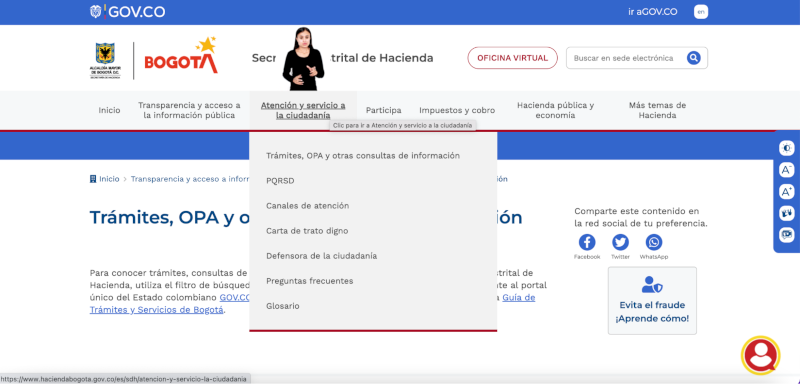
In an increasingly digital world, web accessibility has become an important issue for companies and organizations that want to reach a broader audience, including people with some type of disability. Inclusion is a key value in modern society, and this is reflected in the need for websites to be accessible to all users, regardless of their abilities or disabilities.
Accessibility is an increasingly important concern for government agencies around the world, and many of them have taken steps to improve the accessibility of their websites. For example, the United States government has implemented accessibility guidelines in its section 508, which requires that federal websites be accessible to people with disabilities; The European Commission has established a Web Accessibility Directive that requires that the sites of public bodies in the European Union be accessible to everyone. In the United Kingdom, the Disability Equality Act requires public sector sites to be accessible to people with any type of disability. These are just a few examples of the many government agencies around the world that have been concerned about online accessibility and taken steps to improve it.
In Colombia, the Ministry of Information and Communications Technology (Mintic) has created a directive to improve online accessibility by implementing Law 1978 of 2019, also known as the Accessibility Law. This law establishes web accessibility requirements that all public sector sites must meet and that must be taken into account by the private sector in Colombia. The law is in line with international recommendations for web accessibility, such as the World Wide Web Consortium (W3C) Web Content Accessibility Guidelines (WCAG). The goal of the law is to ensure that all people, regardless of their disability, can access online information and services. In addition, the law establishes sanctions for companies and organizations that do not comply with web accessibility requirements. The implementation of Mintic's Accessibility Law is an important step in promoting online inclusion in Colombia and improving the experience on websites, for all people.
By implementing AA accessibility standards with a sign language menu on the website of the District Secretariat of Finance of Bogotá, at SeeD EM, we have not only focused on improving the accessibility and usability of the portal for people with disabilities, but Online inclusion is also being encouraged for all users. Online inclusion is important because all users deserve access to the information and services offered online, and it is essential to ensure that no one is left behind in the digital age in which we live. By implementing web accessibility standards, companies and organizations can ensure they are doing everything they can to foster online inclusion for all people.

In addition to the sign language menu, other AA accessibility standards have been implemented on the website, such as proper color contrast and the use of appropriate header tags in website content. These standards not only improve website accessibility and usability for people with disabilities, but also improve the online experience for all users.
It is important to keep in mind that the implementation of web accessibility standards not only benefits users, it also has a positive impact on the brand and reputation of the entity, especially since it is a district government secretariat that has a very important mission to citizens, such as the collection of district taxes. By demonstrating a commitment to inclusion and online accessibility, the District Treasury Secretariat of Bogotá, https://www.haciendabogota.gov.co/es is creating a positive image, which translates into the possibility of attracting new visitors and improve the user experience.
Drupal 10 is a content management platform that has been designed taking into account all the most modern web accessibility criteria; complies with W3C's WCAG 2.1 AA accessibility guidelines, meaning websites built with Drupal 10 are highly accessible to people with disabilities. Drupal 10 also offers a number of built-in accessibility features, such as support for the "alt" attribute on images, proper header tags, and the use of high-contrast color schemes. Additionally, Drupal 10 modules have been designed to improve web accessibility, meaning developers can effectively customize websites to meet the specific needs of users with disabilities.
If you want to improve the accessibility of your website and reach a wider audience, find out how Drupal and SeeD EM can help you with this. We are happy to be at your disposal to talk about the subject .
